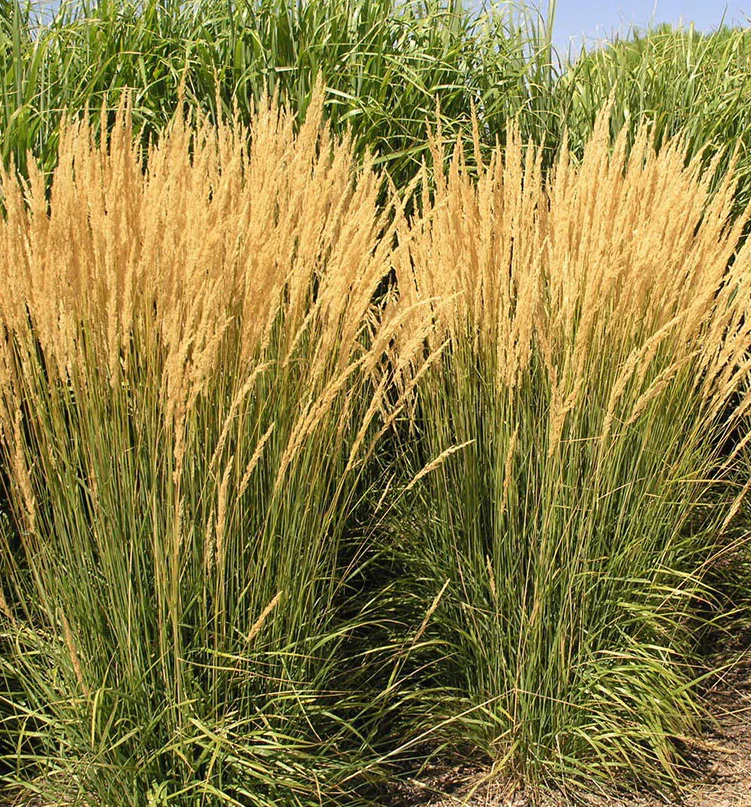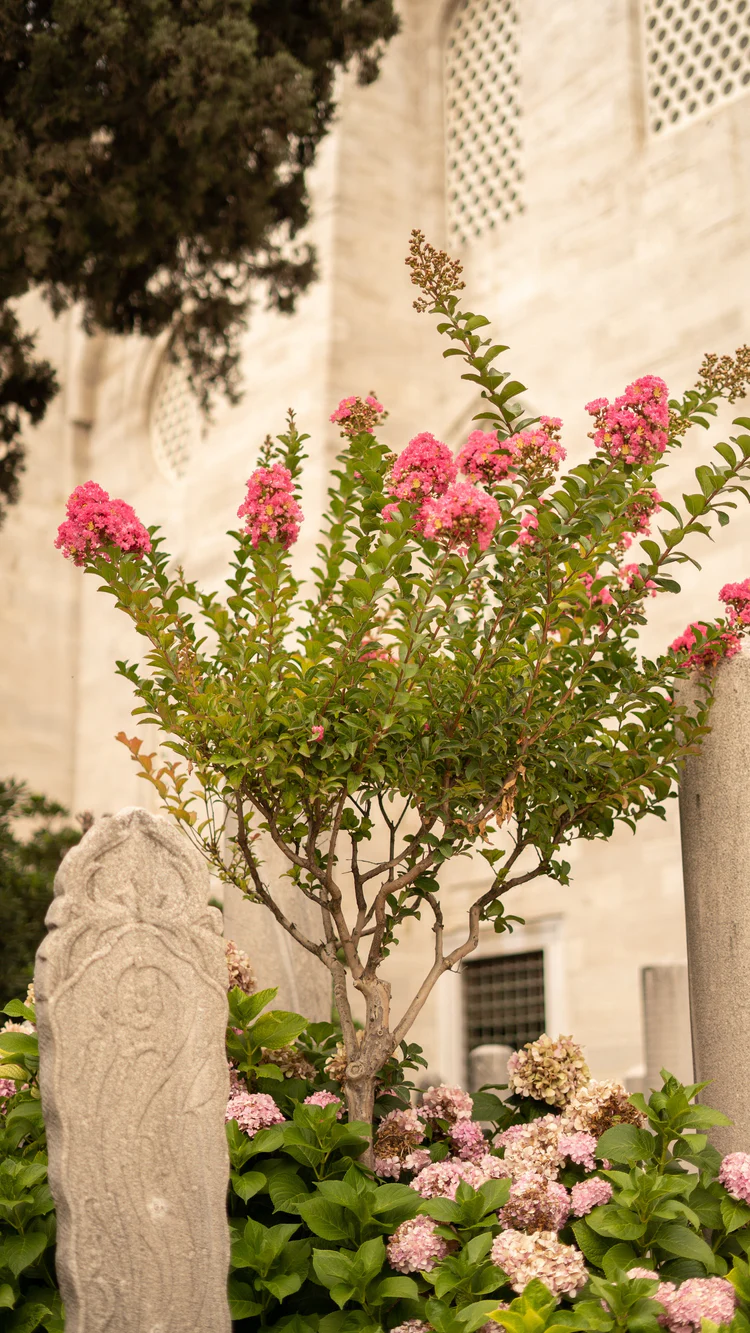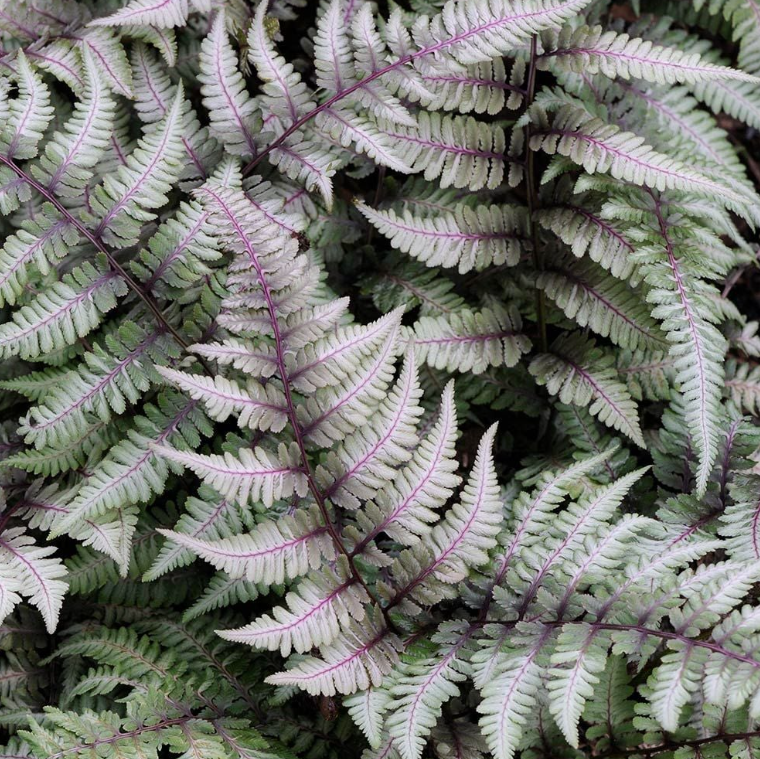1. Feather Reed grass, Karl Foerster
Karl Foerster also called Feather Reed Grass or Calamagrostis acutiflora is a fast-growing ornamental grass that bears golden tan flowers on top of the foliage during summer and extends up to the fall. They can reach a height of up to 6 feet and for thickness of up to 3 feet forming small clumps.
It is well suited to be used in the garden borders, for mass planting, or as a focal plant, and it can also be potted in a deco planter for privacy while placed on the patio. Bunching plants are used as a source of color and even more as a form of dynamics in the landscape. Our favorite is ‘Karl Foerster’ (Calamagrostis x acutiflora), an herbaceous grass-bearing reddish-brown, feathery flowering stalks turning golden-brown to buff in the fall. ‘Karl Foerster’ is a biennial, but it blooms reliably in Zones 4 through 9. Read more about Top 8 Ornamental Grasses - Guide on How to Choose.






